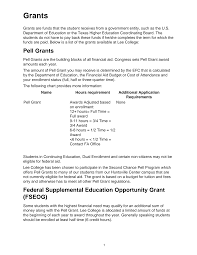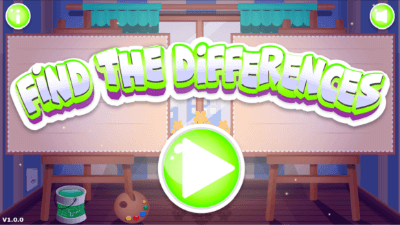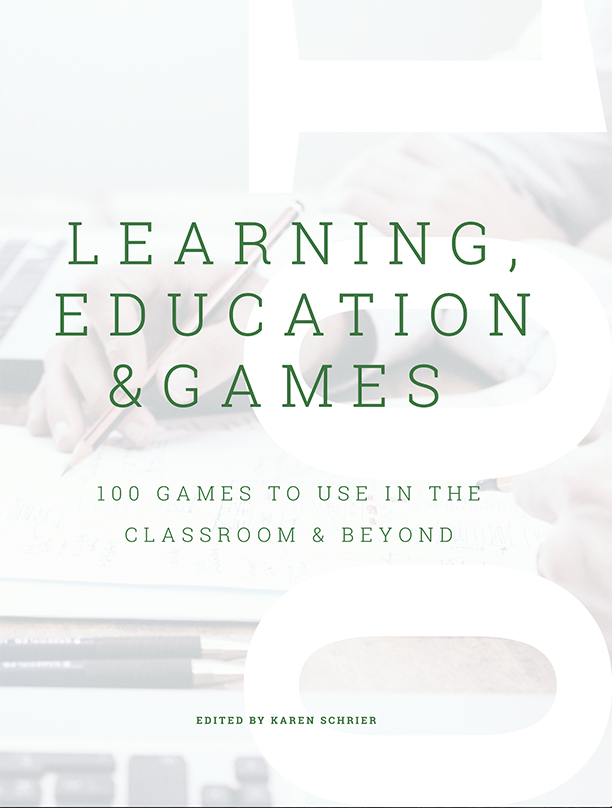
Tangram puzzles are an ancient Chinese puzzle which teaches geometry and improves problem-solving skills. They can also improve arithmetic performance. Here are some ways to use them in the classroom. For example, you can use them to help children understand the basic puzzle pieces and then have them use them to make art.
Tangrams are an ancient Chinese puzzle.
Tangrams are an ancient Chinese puzzle that consists of seven flat geometric forms connected to each others in a grid. To create a specific shape, you must place the tangrams. The traditional tangram was a rectangle, five triangles, and one parallelogram. Modern tangrams are made of cardboard, foam, and paper. Kids can even create their own Tangrams. They can create thousands upon thousands of shapes and exercise their spatial reasoning skills.
Tangram puzzles can also help students learn their basic geometric shapes. They can practice naming various shapes. For example, a clock can be shaped like a circle, while a window can be a rectangle. Students can learn how many sides each shape has. These shapes can be used to create new shapes and even pictures by putting them together. To give students an example of how the pieces fit together, you can display Tangram Puzzles.

They teach geometry
Tangram puzzles aid children in fine motor skills, visual perception, and visual perceptual development. They help children learn about angles and how they fit together. They are fun and a great way to learn geometry. Tangram puzzles, which allow children to decipher 3-D shapes and build them, can help them grow as they age.
Tangrams are an excellent way to get children off their screens or devices. They let parents and children spend quality time together, free from the distractions of technology. This is especially true if you have a child young. These can also encourage communication between parents and children, which can prove to be very helpful for their development. Tangrams make a great tool for teaching children congruence. This refers to the difference between two triangles whose sides are opposite.
They develop problem-solving skills
Tangram puzzles are a great way to develop problem-solving skills in children. The simple shapes of a tangram allow children to manipulate the pieces of the puzzle by changing the angles and perspective. They learn about the relationships between shapes and other shapes. This helps develop visual spatial skills and encourages a love for innovation.
Tangram puzzles not only help with problem solving skills but also improve spatial awareness and visual orientation. They promote creativity as well as patience. Complex solutions can come out of even the simplest tangram problem. These puzzles allow children to explore many mathematical concepts and can be helpful in teaching them.

They improve arithmetic performance
Tangram puzzles provide a wonderful way to introduce your child math and geometry. They can improve students' arithmetic performance and teach them about congruency and spatial rotation. They are also great for kids who travel and can help them learn.
Tangram puzzles are made up of seven different geometric shapes that are arranged in such a way that they form either simple or complicated shapes. To create an attractive final product, the pieces can be placed in any way you like. The original puzzles were developed in China approximately 200 years ago. Their ability to focus, improve hand-eye coordination, creativity, and increase focus have been demonstrated.
FAQ
What is a vocational school?
Vocational school programs are designed to prepare individuals for specific jobs. They can also offer training in specific skills and general education.
Vocational education plays an important role in our society, as it helps young adults develop the skills needed to succeed in everyday life. It provides high-quality learning opportunities for all students.
A vocational school provides a variety options for its students. They can choose from certificates, diplomas or degrees as well as apprenticeships, certificates, diplomas or degrees. Vocational schools provide both academic and practice-oriented subjects such as math and science, English and social studies.
What is an alternate school?
An alternative school is designed to give students with learning problems access to education, by supporting them with qualified teachers who understand their unique needs.
An alternative school provides children with special educational needs the opportunity to learn in a regular classroom setting.
In addition, they are also given extra help when needed.
An alternative school is not just for those who have been excluded from mainstream schools.
They are open to all children regardless of ability or disability.
What's the difference between a university and a college?
A university is an institution that offers higher education. It offers undergraduate and postgraduate courses in various fields.
A college is usually smaller and less prestigious than a university. It might offer fewer courses, but it will often have its own specialist areas.
Do you have to go to college in order become an early education teacher?
It is not possible, however, to better prepare yourself for your future career in this field, it might be worth looking into college.
It's important to note that becoming a teacher isn't easy. Each year, many applicants are rejected from programs. A lot of people leave college after just one semester.
A teacher must meet all requirements.
Do I want to specialize in one area or should I branch out?
Many students opt to specialize in one area (e.g. English History, Math) and not branch into many other subjects. It's not necessary to be a specialist. For example, if you're considering becoming a physician, you could choose to specialize in either internal medicine or surgery. You can also become a general practice physician, with a focus in family medicine, neurology, psychiatry or gerontology. If you are considering a career in the business world, you might focus on marketing, sales, finance, operations research, marketing management, and human resources. You have the freedom to choose.
Statistics
- They are also 25% more likely to graduate from high school and have higher math and reading scores, with fewer behavioral problems,” according to research at the University of Tennessee. (habitatbroward.org)
- “Children of homeowners are 116% more likely to graduate from college than children of renters of the same age, race, and income. (habitatbroward.org)
- Data from the Department of Education reveal that, among 2008 college graduates, 92.8 percent of humanities majors have voted at least once since finishing school. (bostonreview.net)
- Think of the rhetorical power of nineteenth-century abolitionist Harriet Beecher Stowe, Martin Luther King, Jr., or Occupy Wall Street activists with their rallying cry of “we are the 99 percent.” (bostonreview.net)
- In most developed countries, a high proportion of the population (up to 50%) now enters higher education at some time in their lives. (en.wikipedia.org)
External Links
How To
What can I do to become a teacher in my area?
There are many teaching jobs available in public elementary and private schools.
To become a teacher, you must first complete a bachelor's degree program at one of the following:
-
A university or college that is four-years in length
-
An associate degree program
-
Some two-year community college programs
-
These programs may be combined
To be eligible for teacher certification, applicants must satisfy state requirements. These include passing standardized tests and completing a probationary period of work experience.
Most states require that all candidates pass the Praxis 2. This test measures knowledge in reading and writing as well math skills.
Many states also require that applicants obtain a specialized licensure before being certified as teachers.
These licenses can be issued by the state's boards of education.
Some states grant licenses without the need for additional testing. In these cases, the applicant should contact the board of education in his or her state to determine if this is true in your area.
Some states won't issue licenses to applicants without a masters degree.
In some states, individuals can apply directly to the state education board for licensure.
The price, duration, and coursework required for licenses can vary greatly.
For example, some states require only a high school diploma, while others require a bachelor's degree.
Some states may require training in particular areas such as literacy or child developmental.
Some states require candidates to have a master's degree in order to become licensed.
Many states will ask applicants for their prior employment information when they apply to become certified teachers.
It is possible to mention other professions in your application.
Regardless of your previous experience, most states will still accept you regardless.
You might want to list your job title, previous position, and years of experience.
Potential employers often find this information useful.
It shows that they have relevant skills.
You might have acquired valuable work experience or learned new skills while working.
Your resume can show this to future employers.